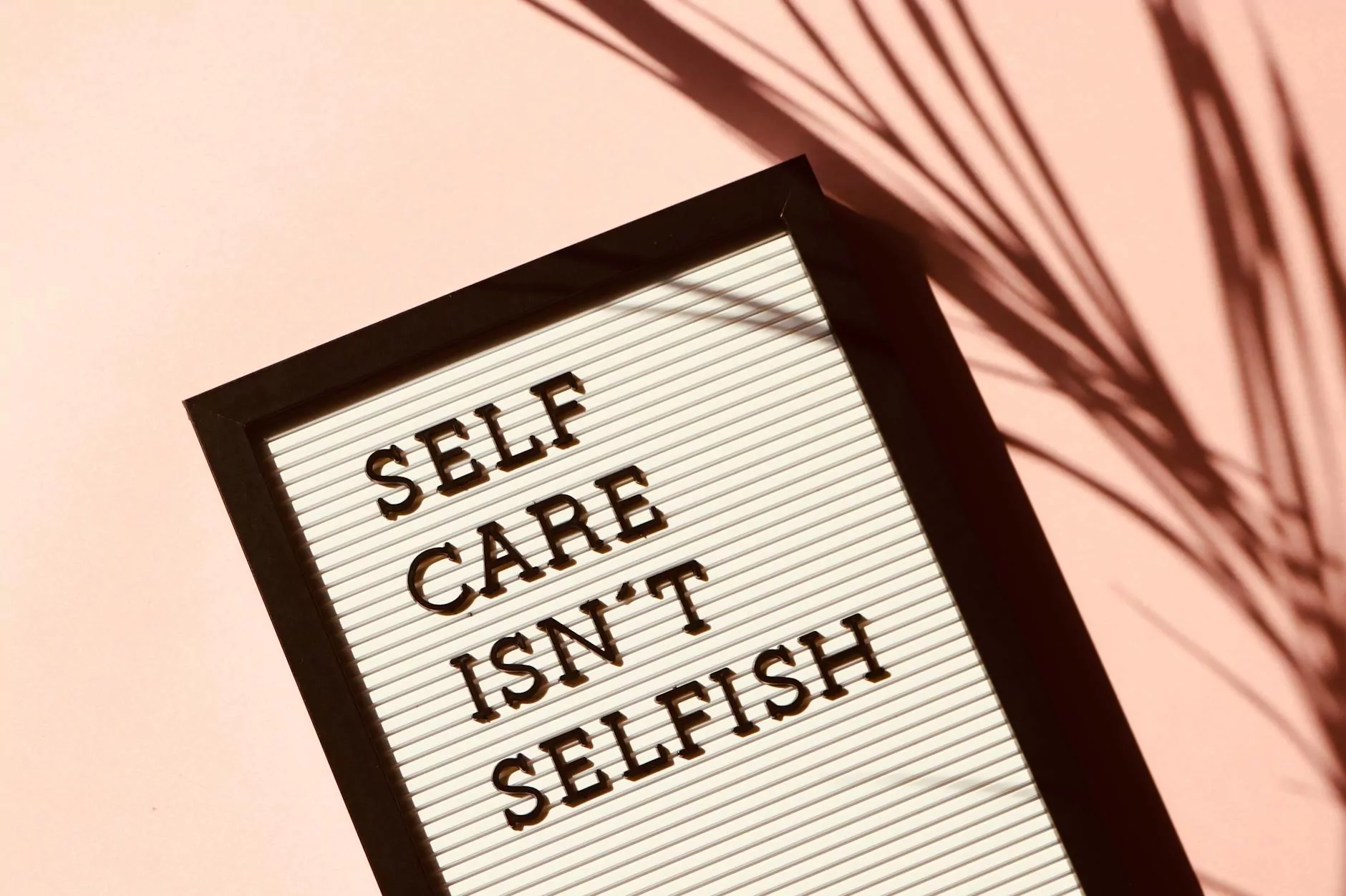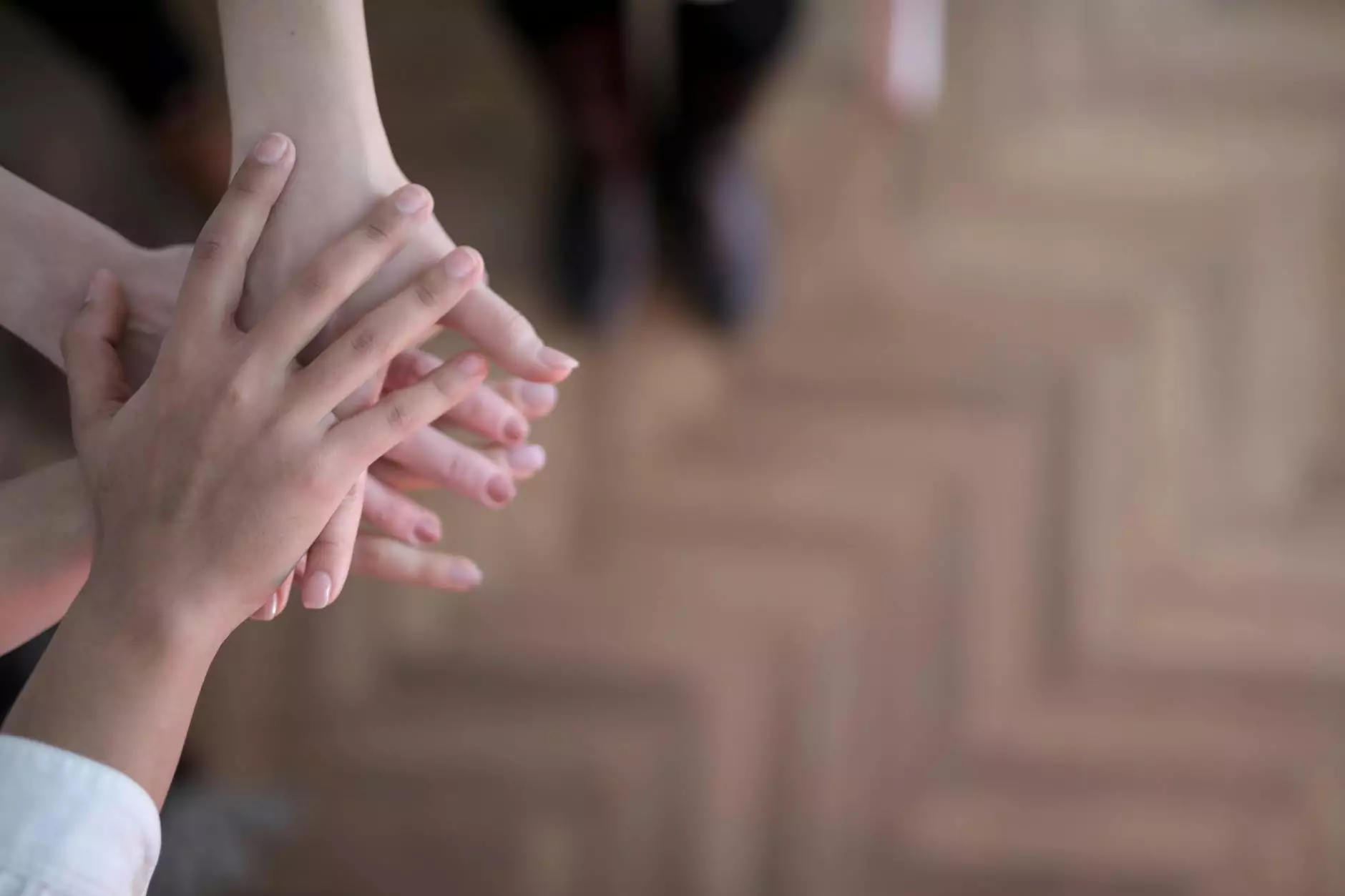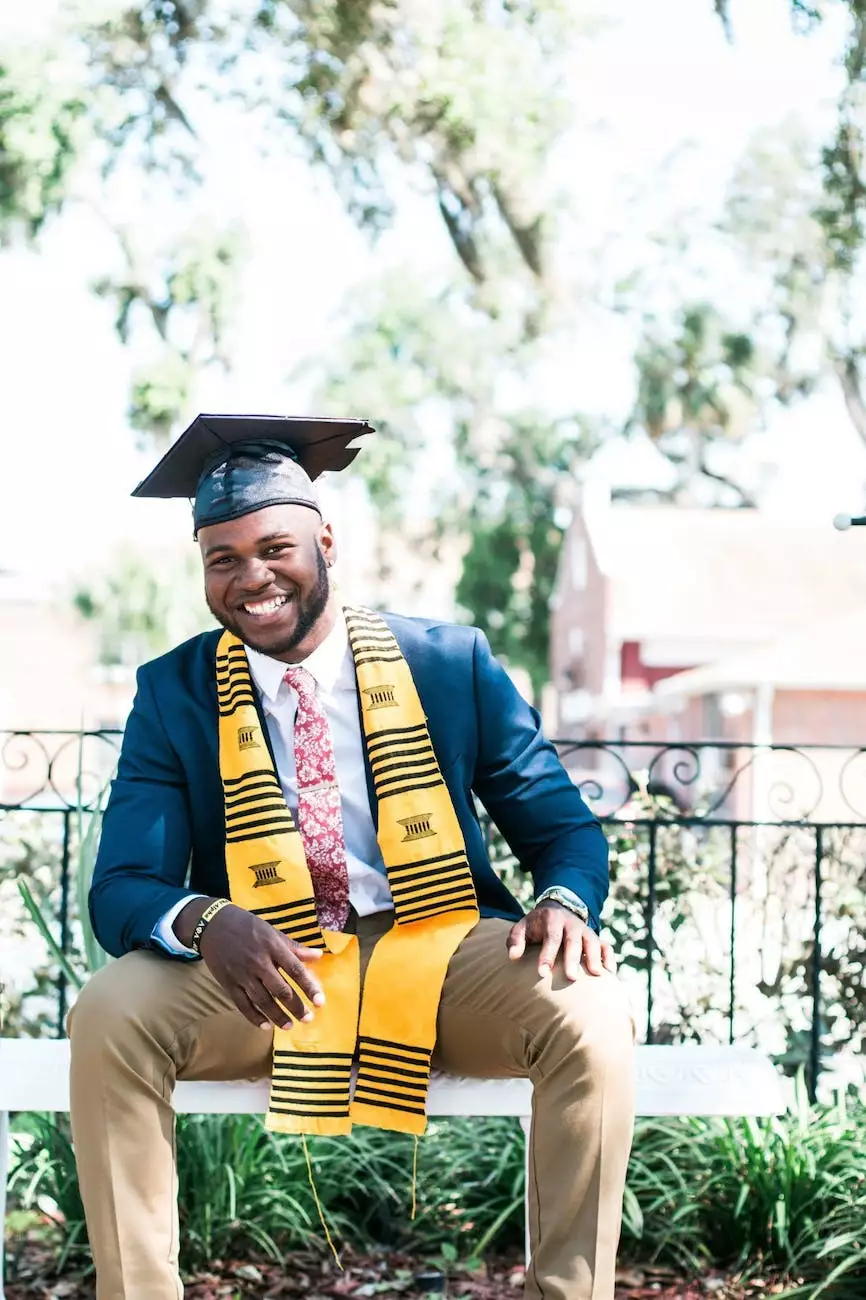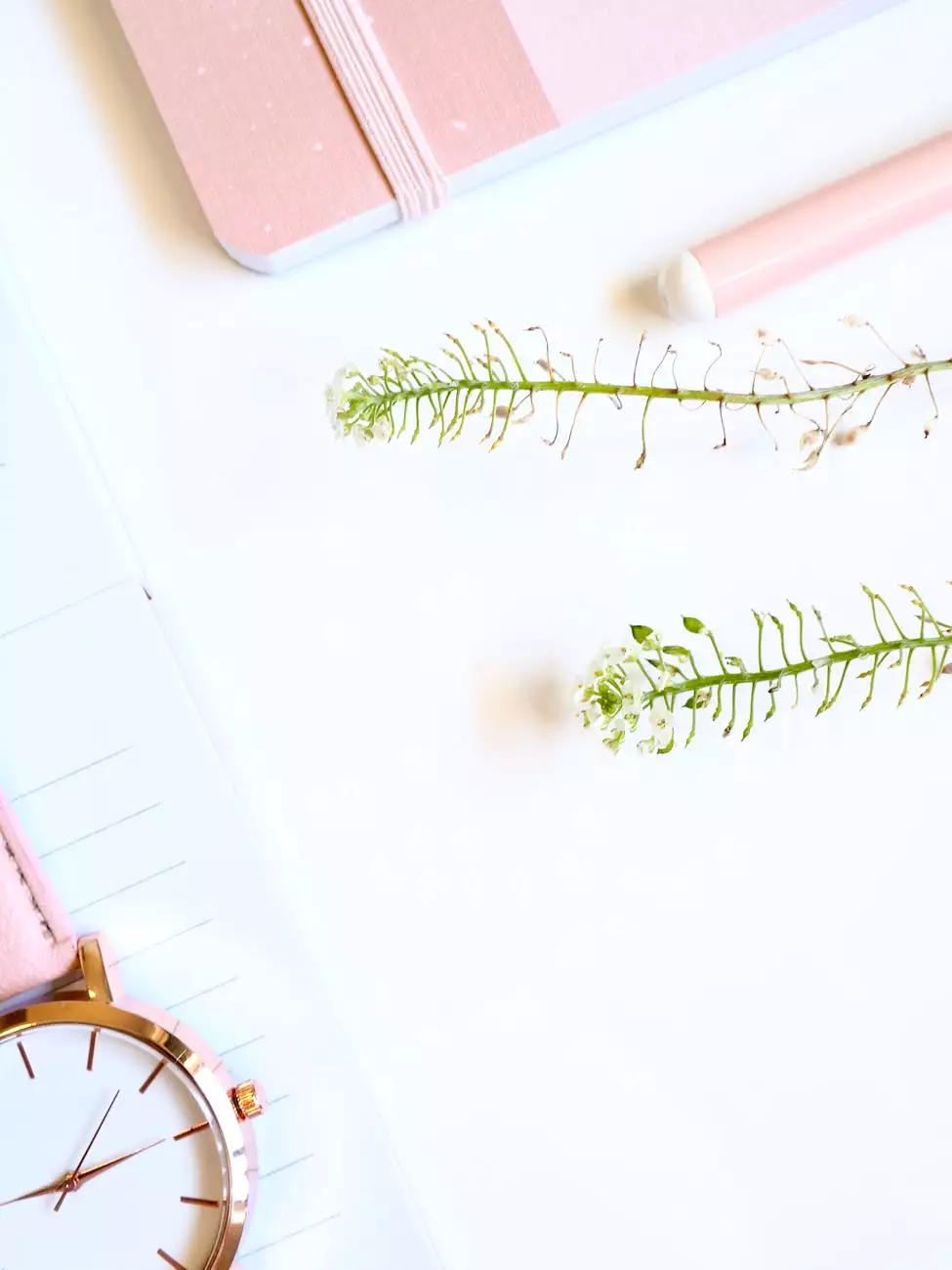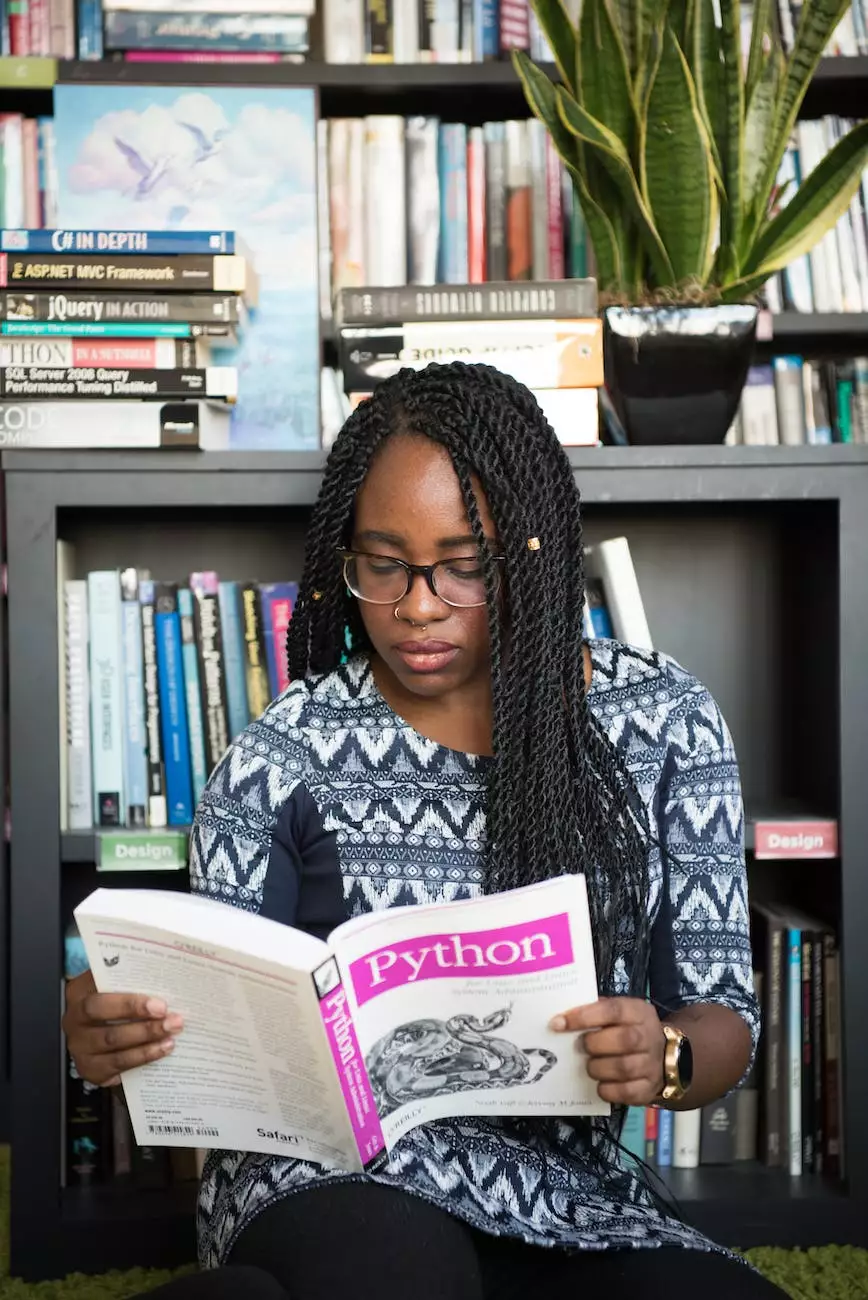The Marriage of UDL and PBIS: A Framework to Support

Introduction
Welcome to Fountain of Hope, a trusted resource for empowering communities and promoting positive change. In this article, we will explore the powerful synergy between Universal Design for Learning (UDL) and Positive Behavioral Interventions and Supports (PBIS). Discover how the marriage of UDL and PBIS can transform teaching practices and create inclusive, positive school environments to better support diverse learners.
Understanding Universal Design for Learning (UDL)
UDL is an educational framework that emphasizes inclusivity, accessibility, and flexibility in teaching and learning. It aims to provide all students, including those with disabilities or unique learning needs, with equal opportunities to succeed academically, emotionally, and socially. UDL focuses on designing learning experiences that effectively meet individual students' needs and preferences.
Implementing UDL involves considering three core principles:
- Multiple Means of Representation: Providing information and content in different formats that cater to diverse learning styles and abilities.
- Multiple Means of Action and Expression: Offering various ways for students to demonstrate their understanding and knowledge.
- Multiple Means of Engagement: Stimulating interest and motivation by providing choices and incorporating student interests into the learning process.
Exploring Positive Behavioral Interventions and Supports (PBIS)
PBIS is a proactive approach to creating positive school environments by promoting and reinforcing positive behaviors while addressing challenging behaviors effectively. PBIS aims to prevent challenging behaviors through a combination of evidence-based practices, data-driven decision making, and a focus on teaching and acknowledging desired behaviors.
The key components of PBIS include:
- Clear Expectations: Establishing explicit expectations for behavior in all school settings.
- Teaching and Modeling: Actively teaching and reinforcing positive behaviors through explicit instruction and consistent modeling.
- Positive Reinforcement: Recognizing and rewarding students for displaying positive behaviors in a consistent and meaningful way.
- Data-based Decision Making: Gathering and analyzing data to make informed decisions about interventions and supports.
- Continuum of Support: Providing a range of interventions and supports based on individual student needs.
The Synergy: UDL and PBIS
When UDL and PBIS are combined, they create a powerful framework that enhances teaching practices and promotes inclusive, positive school environments. By integrating UDL principles into PBIS implementation, educators can better address the diverse needs of students and create learning environments that foster success for all.
Benefits of the Marriage Between UDL and PBIS
The marriage of UDL and PBIS offers numerous benefits, including:
- Increased engagement and motivation for all students
- Enhanced accessibility and inclusivity
- Promotion of positive behavior, reducing disciplinary issues
- Improved academic and social-emotional outcomes
- Personalized learning experiences that meet individual needs
- More effective support for students with disabilities or unique learning needs
Implementation Strategies
Integrating UDL into PBIS can be achieved through several strategies:
1. Collaborative Planning
Bring together educators, administrators, and support staff to collaboratively plan UDL and PBIS initiatives. This ensures a holistic approach that aligns with the school's mission and values, while capitalizing on individual expertise and experiences.
2. Professional Development
Provide comprehensive professional development opportunities for educators to deepen their understanding of UDL and PBIS concepts. This training can empower educators to implement effective strategies, interventions, and supports that cater to diverse learners.
3. Data Collection and Analysis
Utilize data-driven decision making to identify areas of growth and improvement. Monitor the impact of UDL and PBIS implementation on student outcomes and make informed adjustments as needed.
4. Universal Design for Learning in Curriculum Design
Embed UDL principles into curriculum design to ensure all students have equal access to learning. A well-designed curriculum takes into account various learning modalities, provides multiple means of representation, and fosters student engagement and self-expression.
5. Inclusive Classroom Practices
Promote inclusive classroom practices that incorporate UDL and PBIS strategies, such as flexible grouping, differentiated instruction, and scaffolding. This helps create an environment where all students can thrive and reach their full potential.
Conclusion
The marriage of UDL and PBIS at Fountain of Hope offers an innovative framework to transform education and create inclusive, positive school environments. By embracing and implementing both UDL and PBIS principles, educators can foster engagement, address diverse student needs, and promote positive behavior effectively. Discover the transformative power of this marriage and unleash the full potential of every student.

